Heat Set Inserts in 3D Printed Parts: Use, Installation and Benefits
3D Printing has now become more affordable than it was some 10 years ago and desktop sized eco-friendly and child-safe 3D printers are now available at affordable prices. This has opened up a huge potential in teaching with a lot of creative options that not only enhance the knowledge gained by the students but also helps them remember the concepts for a long time. Alongside the traditional ways of teaching on a black board and using a screen to show images and animations, having a way to show 3D models that can be tailored for the concept being taught is a new and creative way. While the possibilities are vast and cannot be covered, these 5 examples demonstrate ways that can act as a root for further opportunities. And softwares like TinkerCAD and open-source design libraries like Thingiverse have made 3D modeling and 3D printing much easier than traditional 3D modeling softwares that any teacher can learn and print those models with ease.
Volumes and Shapes
3D printed geometric models help for imagining the shape and volume such as cylinder, sphere, cone, pyramids, prisms etc. For example, volume of a sphere and the volume of a cylinder of same dimensions can be mathematically verified by pouring known volumes of water into the 3D printed hollow cylinders and spheres and show how they compare to each other.
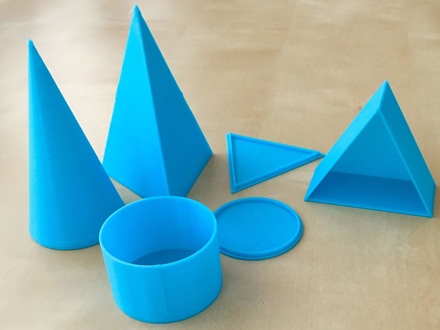
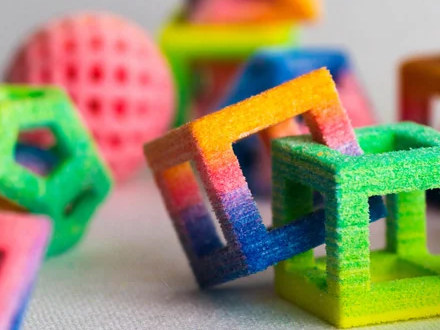
Chemical Molecule Structures
Chemical molecules have complex 3-Dimensional structures and 3D printed models can help understand how the molecules are formed from the atoms.
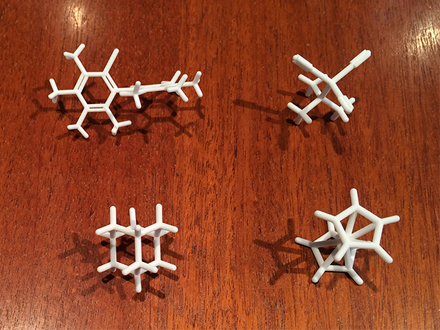
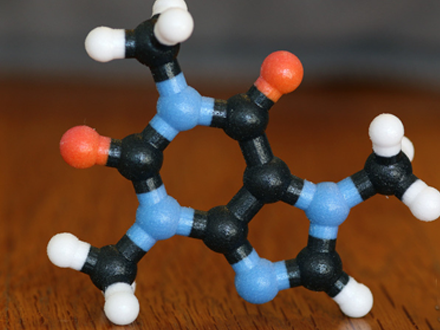
Areas and Angles
3D printed areas and angles help students understand fractions. It is possible to print pie pieces in portions of 1/1, 1/2, 1/3, 1/4, 1/5, 1/6, 1/8, 1/10, 1/12, and 1/16. With these pieces, one can illustrate how to add, subtract and create a whole from the fractions. Also, show equations in a visual way, such as demonstration of portions in the form of 2 quarters equals half and 2 halves equals 1 and so on.
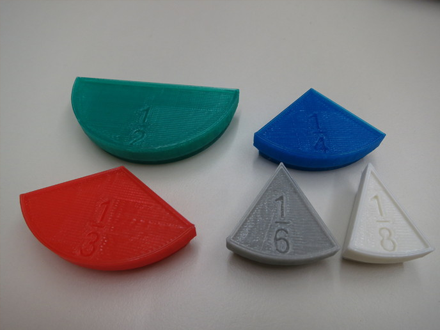
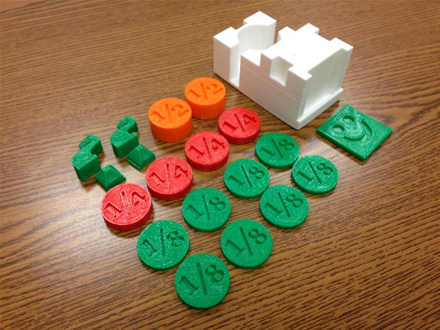
Science Concepts
Some fundamental concepts like center of mass, center of gravity and buoyancy can be made understood with the help of 3D objects. For example, center of mass of a disc and center of mass of an irregular object are different and can be visualized by trying to identify a pin point where the object can be balanced. Also small objects can be placed in water to show why some float and others get submerged.
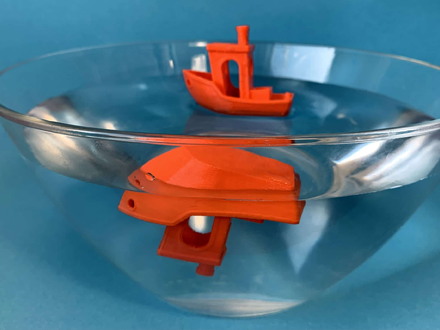
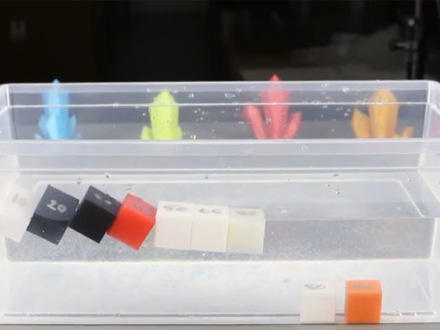
Monuments and History
3D printed monuments help students appreciate the historical and cultural heritage of the world.
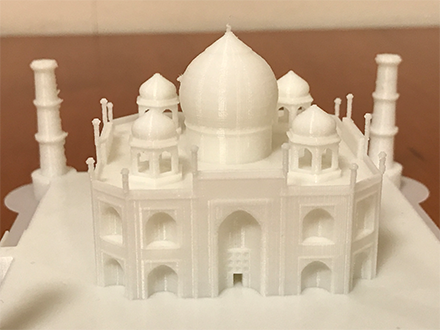

Share This Story, Choose Your Platform!
Share on facebook
Facebook
Share on twitter
Twitter
Share on linkedin
LinkedIn